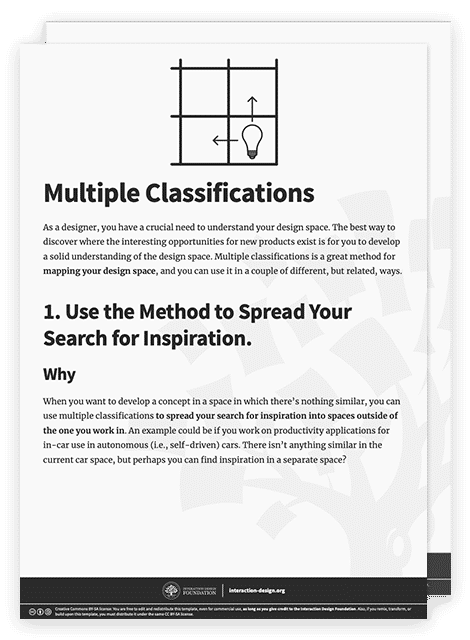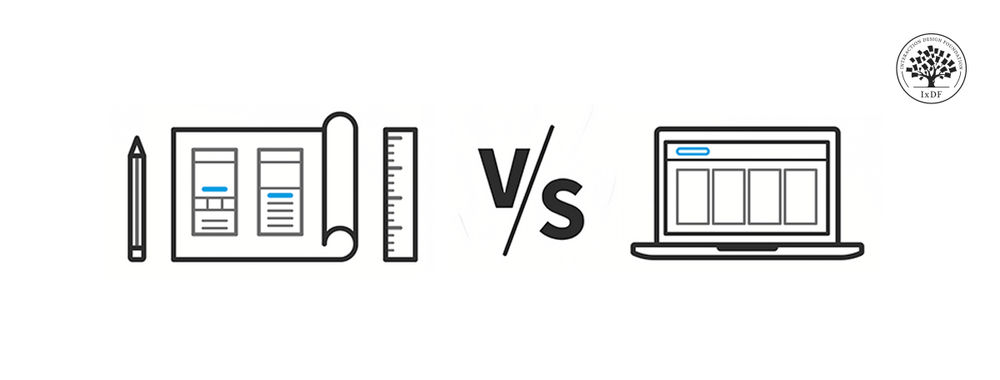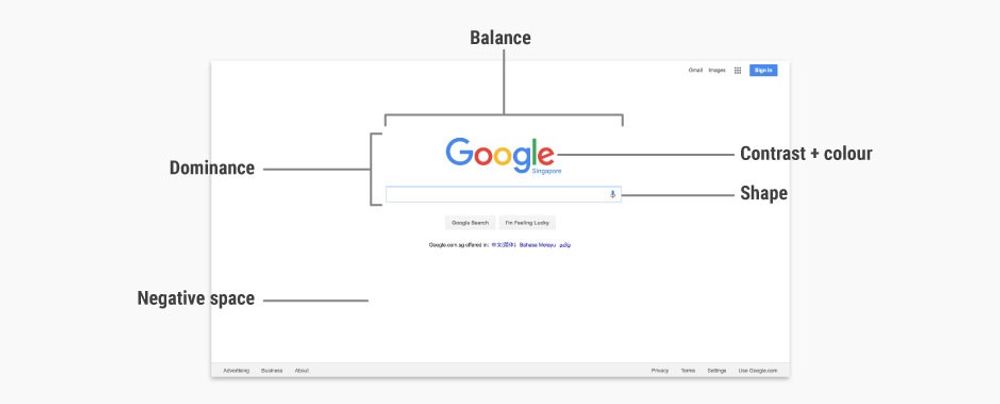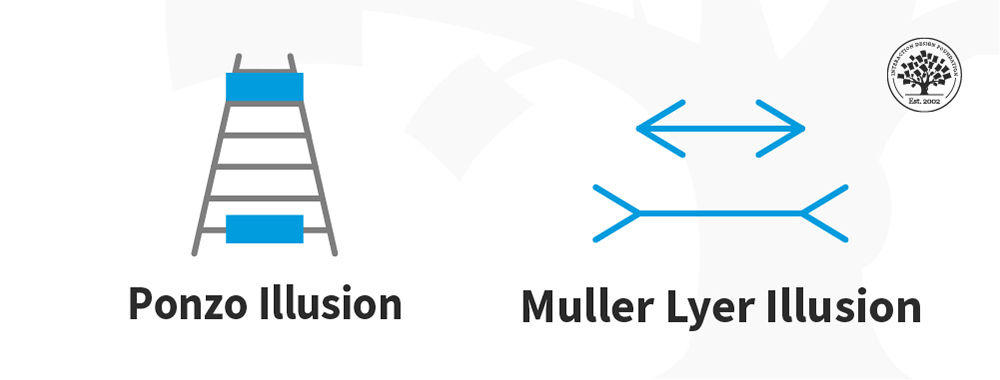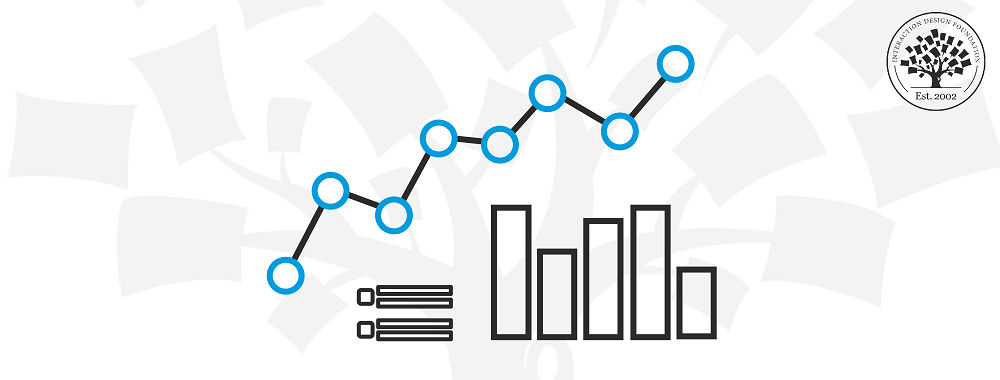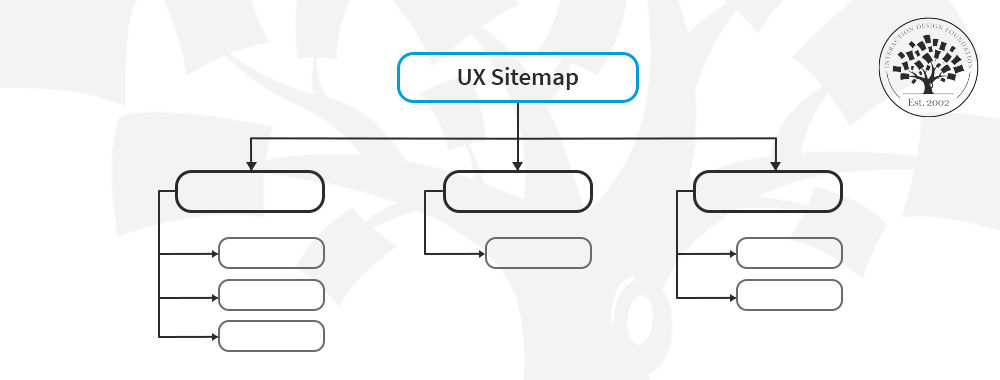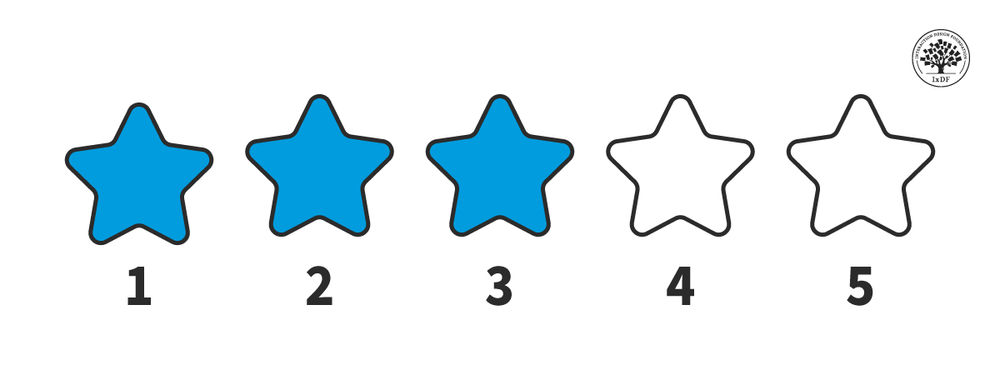Show
Hide
video transcript
- Transcript loading…
As a designer, it’s crucial that you understand your design space. The best way to discover where the interesting opportunities for new products exist is that you develop a good understanding of the design space. Multiple classifications is a great method for mapping your design space, and you can use it in a couple of different, but related, ways. In this video, you’ll learn about four major ways in which multiple classifications can give you additional power to explore, analyze and find inspiration for problems and ultimately synthesize novel solutions.
When you visit a library or a museum, everything has been sorted into its place. Each book or artifact has a single location in the hierarchy sorted by genre and author or civilization and era. However, you'll also have seen those little two-by-two matrices beloved in many disciplines from management to HCI: “urgent/not-urgent” on one axis with “important/not-important” on the other; or “local/remote” on one axis with “synchronous/asynchronous” on the other. Often, these simple multiple classifications—where each item is given a value against two or more schemes—are more powerful than complex single classifications.
Want to Map Your Design space? Use our Multiple Classifications Template
Download our step-by-step guide and learn how to use Multiple Classifications as part of your ideation process.
